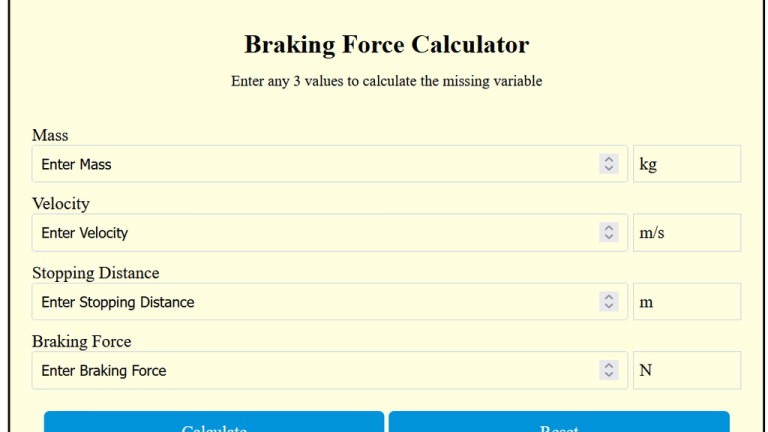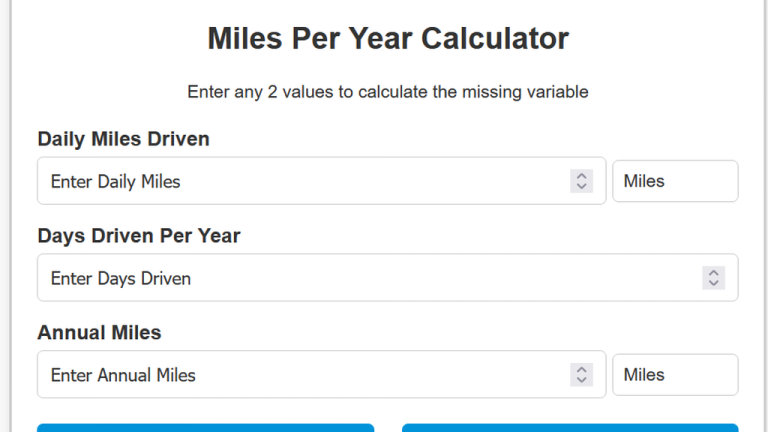Carson’s Rule for Bandwidth Calculation
To calculate bandwidth using Carson’s Rule, multiply twice the sum of the deviation and the modulation index.
Carson’s Rule for Bandwidth Calculation
Enter any 2 values to calculate the missing variable
Carson’s Rule for bandwidth calculation is a formula used to estimate the bandwidth of frequency-modulated (FM) signals. Primarily, it helps in understanding the required frequency range for the transmission of signals.
Moreover, this rule is crucial in telecommunications and signal processing, as it offers an approximation of the total bandwidth needed. With this rule, one can determine how much spectrum space is required for an FM signal, ensuring efficient usage of the available bandwidth.
Formula:
Carson's Rule Formula: | Symbol | Description |
|---|---|
| Bandwidth (Hz) | |
| Peak frequency deviation (Hz) | |
| Modulation frequency (Hz) |
Solved Calculations:
Example 1:
Scenario: An FM signal has a peak frequency deviation () of 5 kHz and a modulation frequency () of 2 kHz.
| Step | Calculation |
|---|---|
| Peak frequency deviation () | 5,000 Hz |
| Modulation frequency () | 2,000 Hz |
| Total Bandwidth Calculation |
Answer: The bandwidth is 14,000 Hz or 14 kHz.
Example 2:
Scenario: An FM signal has a peak frequency deviation () of 10 kHz and a modulation frequency () of 3 kHz.
| Step | Calculation |
|---|---|
| Peak frequency deviation () | 10,000 Hz |
| Modulation frequency () | 3,000 Hz |
| Total Bandwidth Calculation |
Answer: The bandwidth is 26,000 Hz or 26 kHz.
What is a Carson’s Rule For Bandwidth Calculation?






